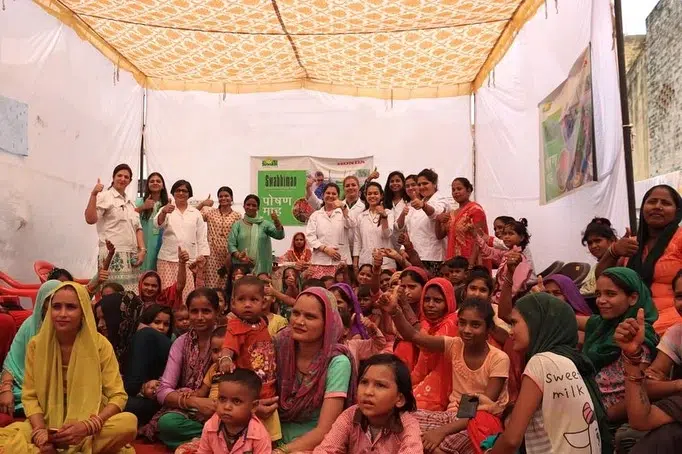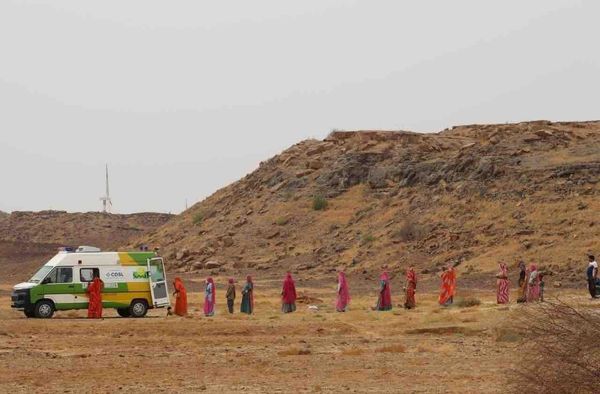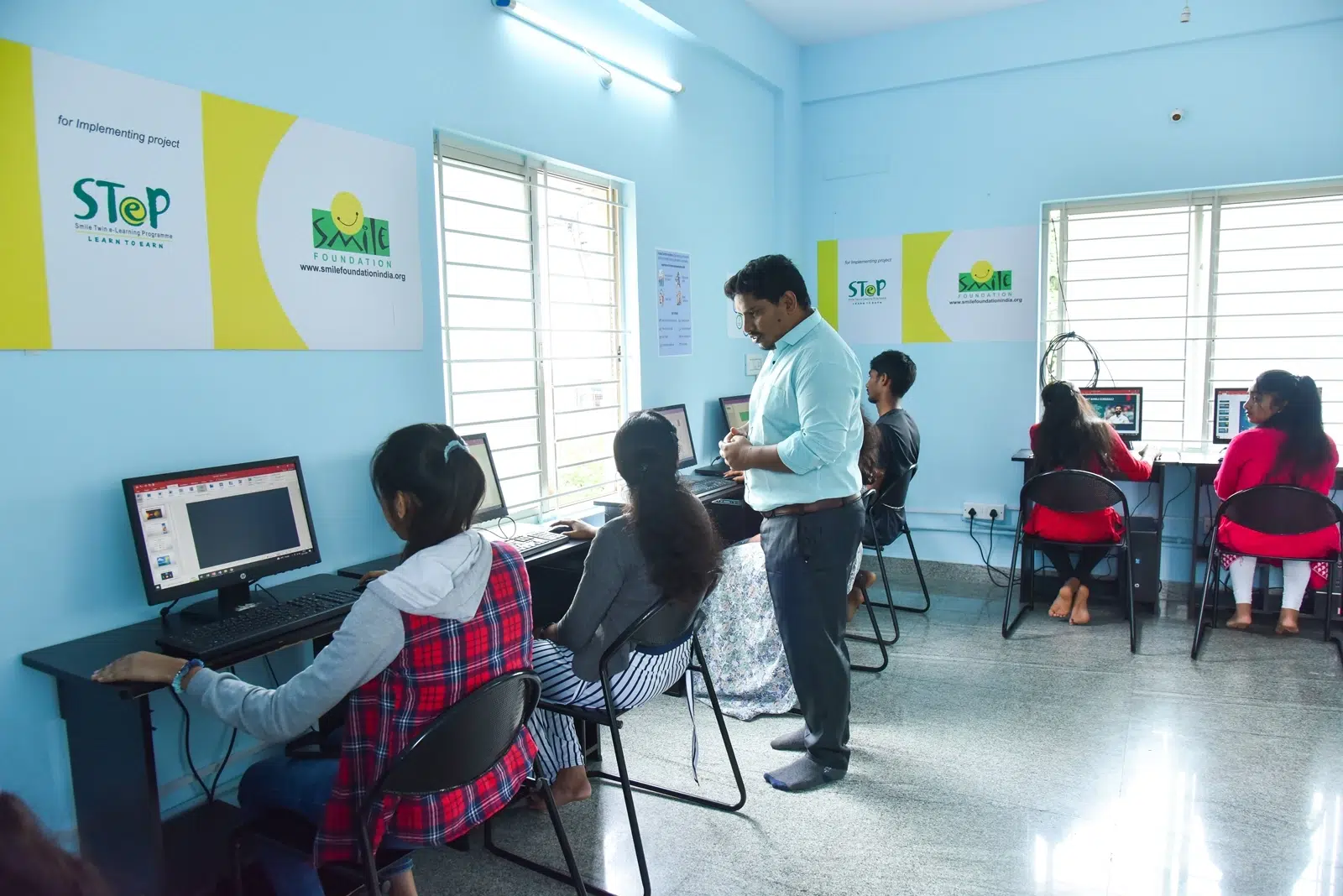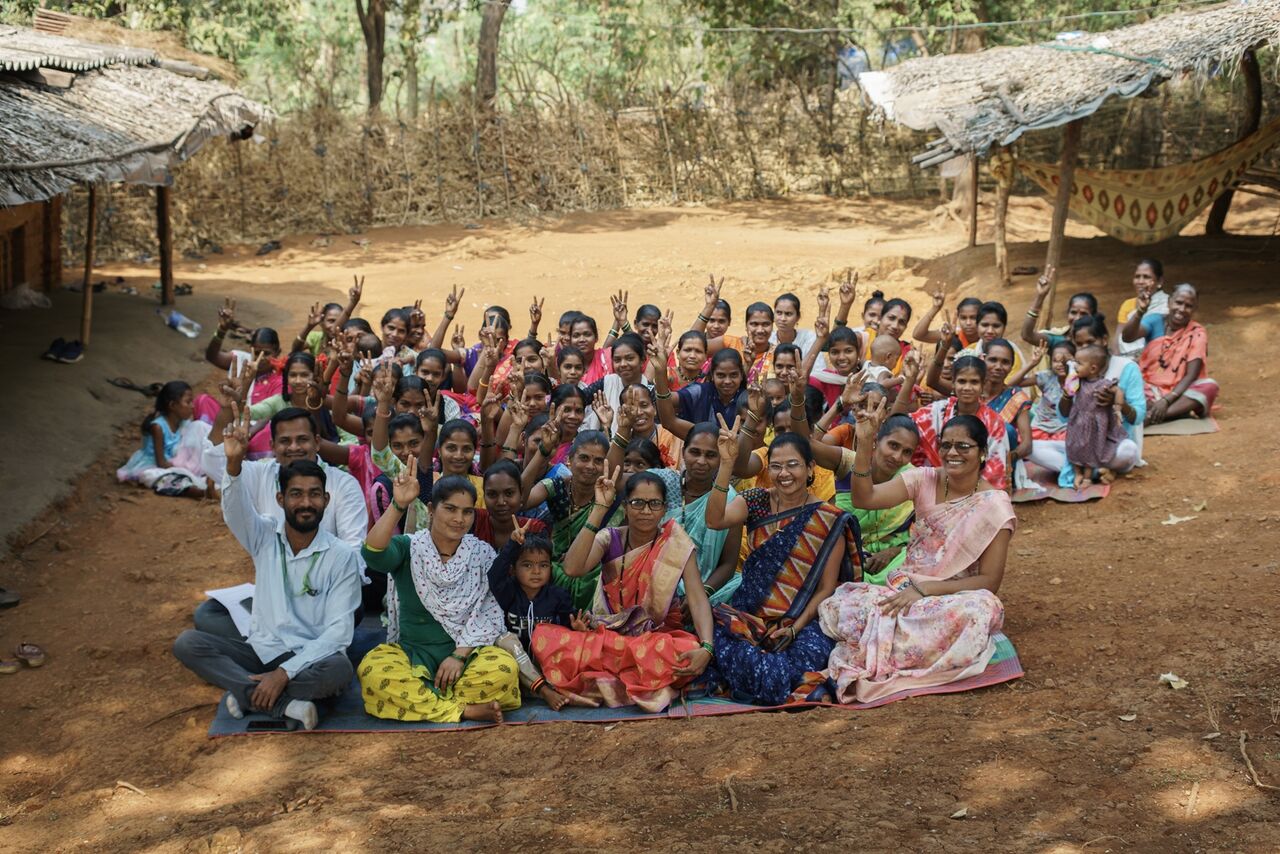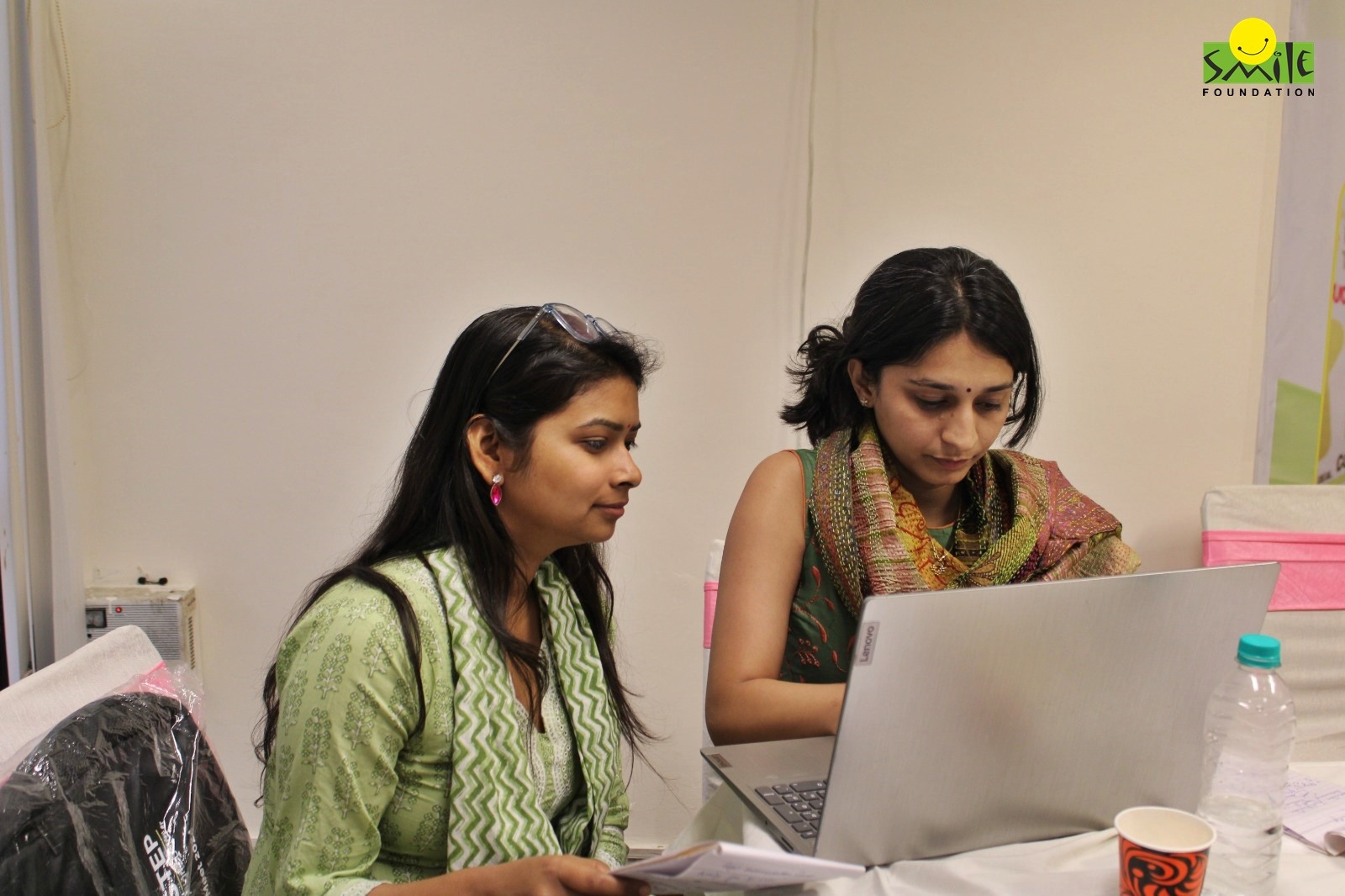Something incredible has been observed in Mumbai lately. There has been an increase in the number of girls enrolling in professional courses. This is because of the recent decision to bring in a free education scheme in the state of Maharashtra. While this may seem like a small change, the share of girls going up to more than 41 per cent of enrolments in professional courses hints towards something important – that if education is made free, it is the women and other disadvantaged groups which are most likely to benefit from it.
The scheme has opened doors for many women who might not have been able to pursue higher education due to financial constraints. The impact of this change is bound to create a ripple effect where many of these women can be expected to find employment in the future, become financially independent, and contribute to the overall well-being of their families.
Importance of Equal Access to Education
This brings us to an important argument of why ensuring equal access to education is crucial for the success of any society. Education is the bedrock of any society, serving as a catalyst for social, economic and personal development. By ensuring equal access to education, it can be ensured that every individual, no matter what their socio-economic background is, has the opportunity to achieve their full potential.
When education is available to everyone equally, it fosters an environment of inclusivity and justice where individuals from unique and different backgrounds are able to contribute to the collective knowledge. It also empowers marginalised communities, helping them break the vicious circle of poverty and deprivation. Equal access to education also has an impact on the overall economic growth of a country as more and more talented people are able to accumulate skills and knowledge which translate into productivity and innovation.
Education and Equality of Opportunity
One of the biggest benefits of ensuring education for all is that it cultivates a culture where everyone has equal opportunities. It is the cornerstone of any democratic society where every individual has the chance to excel in life. Education plays the central role in this success as people coming from marginalised groups can grow in life by getting a good education.
Free education removes financial barriers that prevent many individuals from accessing quality education. It levels the playing field, allowing students to compete based on their abilities and efforts rather than their financial resources. In the long run, it creates a society where upward mobility is made possible for everyone and also contributes to more equitable distribution of wealth.
Initiatives to Ensure Free Education
While the goal may seem easy, providing free education to everyone comes with a massive cost and it is often difficult for developing countries like India to allocate funds for the same. However, it does not mean that this is an unachievable goal. Here are some of the ways through which free education can be ensured for everyone:
- Government funding – the first and most crucial way of providing education for free is to allocate a significant amount for it in the union and state budgets. Governments have the biggest potential to provide funds for running good quality universities, schools and other educational institutions without monetary returns. It is also beneficial for the country in the long run as an educated population means healthier economic growth.
- Public-private partnership – another way to achieve this when the government is not able to fund the entire education infrastructure is to collaborate with the private sector to build infrastructure, provide scholarships, fund research, etc. A mechanism can be created where the private sector benefits from its contribution in the form of tax rebates, etc.
- International aids and grants – developing countries can benefit from international aid and grants aimed at improving their education systems. International organisations, such as UNESCO and UNICEF, can provide technical assistance, funding and resources to support educational initiatives in low-income countries.
- Community involvement – one of the most effective ways to build a robust education infrastructure that is free for all is by involving the community in creating it. Affluent individuals can come forward, pool the money, and contribute towards building high-quality education facilities. It is also a way for them to give back to their community.
Global Examples
There are many countries around the world where partial or full funding of education by state has been achieved, making them a haven for students who want to dedicate themselves to academic pursuit without worrying about the finances. Here are some of the examples:
Germany – The country offers tuition-free education at public universities for both domestic and international students. This policy has made Germany an attractive destination for students seeking quality education without the burden of exorbitant expenses.
Norway – Like Germany, Norway also provides free education at all levels, for both Norwegian citizens and international students. Norway’s education system is known for its emphasis on inclusivity and student well-being, contributing to high levels of student satisfaction and academic achievement.
Finland – Apart from providing state-funded education, Finland’s education system is also appreciated for the unique approach that is followed in the classrooms for teaching. It focuses on personalised learning, collaborative skills, creative thinking, etc. The country consistently ranks high in international assessments proving the effectiveness of its education system.
Brazil – Unlike the countries mentioned above, Brazil is a nation which cannot be considered as affluent. However, it has also been able to implement the free education policy to an extent showing positive growth in access to higher education for its citizens. Brazil’s investment in education has led to improved literacy rates, higher enrolment numbers, and better educational outcomes for students from diverse backgrounds.
Conclusion
While there are examples to look at and solutions available, it must also be noted that ensuring free education for a large population like India is extremely challenging and can put a huge financial burden on the treasury. Apart from the financial constraints, it is also challenging to ensure quality of education in state-funded institutions, ensuring access to all communities and sustainability of the system. However, even with all this, the case for free education is compelling.
It is not just about providing access to knowledge; it is about creating a more equitable and just society where everyone can succeed. The success of initiatives like the free education scheme for females in Maharashtra demonstrates the positive impact of such policies. By ensuring equal access to education, we can build a brighter future for all.
Smile Foundation’s education work
Smile Foundation’s work in education seeks to break down the financial barriers that often prevent children from underserved communities from accessing quality education. In line with the philosophy behind Maharashtra’s free education scheme, which has significantly increased girls’ enrollment in professional courses, Smile Foundation’s Mission Education initiative focuses on reaching underserved communities, ensuring that children, especially girls, receive the support they need to pursue their studies. By providing essential resources and creating an environment where education is accessible, Smile Foundation empowers children to envision a better life and achieve financial independence.
Through its commitment to free and equal access to education, Smile Foundation aims to create a ripple effect that can uplift entire communities. Education is a powerful tool that allows children to develop skills and knowledge that can contribute to social and economic growth.





